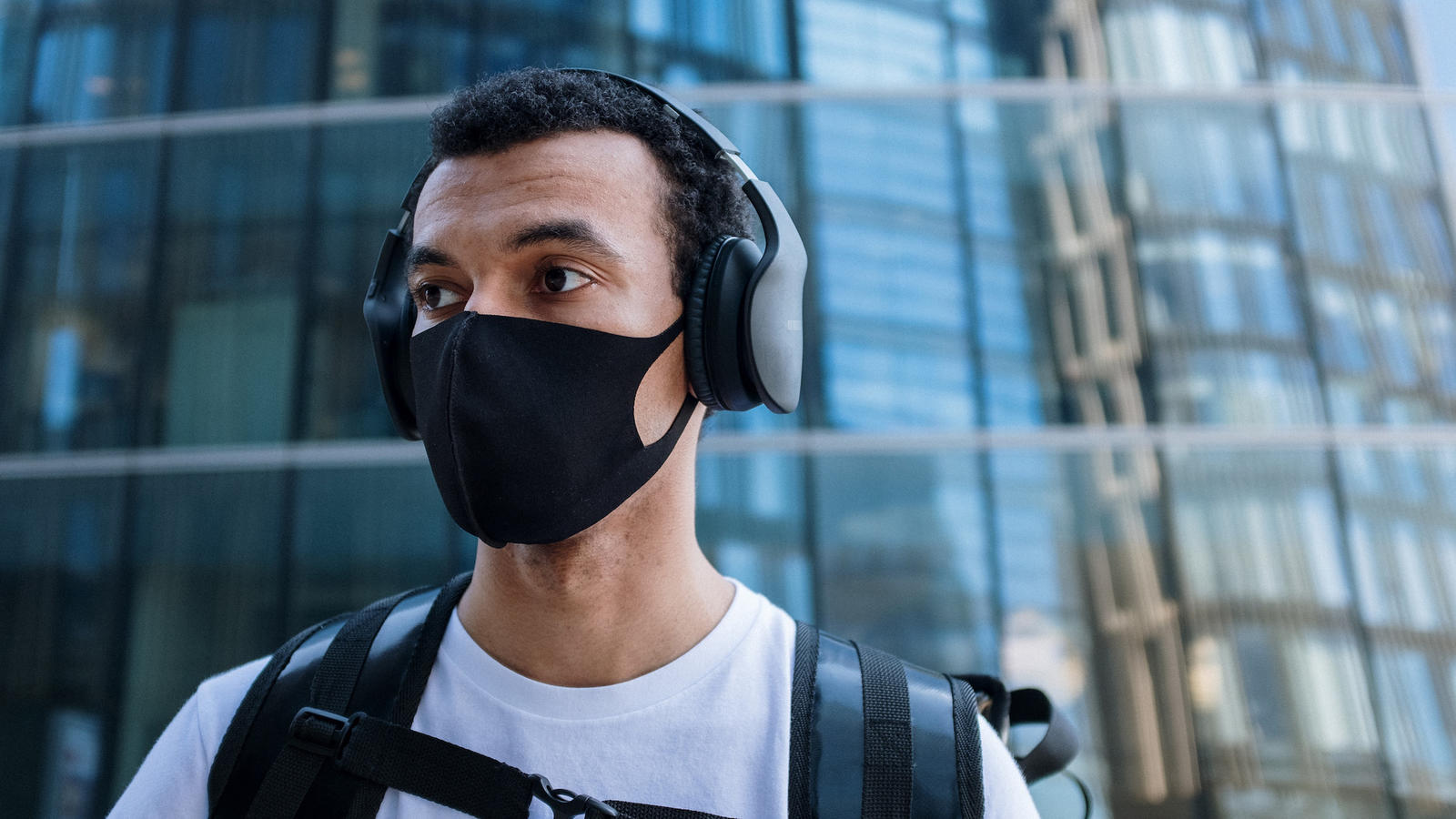
Researchers Show Mask-Wearing Is Critical in Suppressing an Epidemic
In a paper published recently in the Proceedings of the National Academy of Sciences (PNAS), researchers examine the social dynamics of mask wearing with its connection to disease and found that continuous reinforcement of non-pharmaceutical interventions (NPIs) such as mask-wearing play a critical role in reducing the overall disease burden.
The paper, titled Understanding the co-evolution of mask-wearing and epidemics: a network perspective, takes a deeper dive into understanding the dueling dynamics of mask-wearing and disease through models that capture a bidirectional relationship between the dueling processes: wearing masks reduces the transmission rates consequently reducing the disease prevalence, while the reduction of disease prevalence inhibits mask wearing therefore promoting epidemic revival.
Much research has been done on mask-wearing and its effectiveness in mitigating the spread of infectious diseases; however, understanding the behavioral dynamics under NPIs is critical for characterizing the dynamics of disease spread, according to the paper.
Specifically, the paper’s authors take a network approach to formulate a multi-contagion framework that intertwines a threshold model for social contagions with an epidemic model to investigate the interrelated dynamics between mask-wearing and disease transmission. Their proposed framework captures both the competing and complementary relationships between the dueling contagion processes, and accounts for various behavioral mechanisms that influence mask-wearing, such as peer pressure, fear of infection, and prosociality.
Standard infection models tend to focus only on disease states, overlooking the dynamics of potentially “beneficial contagions,” such as compliance with NPIs. In their work, the researchers investigate the concurrent spread of disease and mask-wearing behavior over multiplex networks. The results reveal that under the coupled disease-behavior dynamics, the attack rate of a disease–as a function of transition probability–exhibits a “critical transition.”
Baltazar Espinoza, a postdoctoral research associate at the University of Virginia’s Biocomplexity Institute explains, “In our paper, the final epidemic size (or attack rate) shows a steep decrease or critical transition, as we assume scenarios where the disease spreading in the population is each time more infectious. We found that there is a particular disease infectiousness (transmission probability) that triggers a sustained massive response of mask adoption in the population, which sharply decreases the final epidemic size. We empirically explore the causes of the phase transition and demonstrate the robustness of the observed phenomena. Our results highlight that without proper enforcement of NPIs, reductions in the disease transmission probability via other interventions may not be sufficient to reduce the final epidemic size.”
When disease rates are low, then mask wearing becomes less important; however, the model outlined in the paper emphasizes the importance of continued public masking wearing mandates to effectively suppress the evolution of the epidemic and prevent its revival.
Espinoza said, “Intuitively, a disease with a lower transmission probability should produce a lower attack rate relative to a more infectious disease. However, the complex dynamics generated by the jointly acting adaptive behavioral responses and disease transmission pose a paradox, and a less infectious disease could cause a higher attack rate than its more infectious counterparts.”
Wearing masks provides social benefits but also requires some degree of personal discomfort and the decision to wear a mask has been shown to depend on risk perceptions, prosocial preferences, elite influence, and peer pressure. Researchers describe mask-wearing behavior as a “complex contagion” whose adoption requires multiple social contacts with different sources.
“The concept of complex contagion has been widely used in literature, and overall, on modeling behavioral adoption and collective behaviors,” said Madhav Marathe, distinguished professor in biocomplexity and division director at UVA’s Biocomplexity Institute.
“This is a pervasive phenomenon. For instance, the growth of social movements, the establishment of novel technologies or companies, the acceptance of rumors and/or social norms. All of these require multiple interactions and sources of reinforcement to produce the ‘contagion.’
Marathe adds, “In our study, the underlying idea of this concept is used to model behavioral adoption (switching from mask to unmask and vice versa), and shows that individuals require multiple interactions or exposure to finally decide to adopt the change of behavior. It’s quite opposite to disease transmission for which a single contagion would be enough to transmit the disease.”
The main findings of the research suggest that in the presence of adaptive mask-wearing, a less infectious disease may produce a higher attack rate than its more infectious counterparts. Subsequently, using traditional interventions that effectively decrease the infection rate–such as mass vaccination–without ensuring continued enforcement of NPIs may not be sufficient to reduce the final epidemic size.
In the worst-case scenario, containment efforts may result in a larger final epidemic size if mask-wearing is not continuously reinforced. The number of new daily cases jumped by approximately an order of magnitude from early June 2021 to early September 2021.
Zirou Qiu, Ph.D. candidate in computer science at UVA’s School of Engineering and Applied Sciences, said, “Mandatory non-pharmaceutical interventions may be cumbersome and expensive, sometimes even infringing the rights of people; however, several mathematical models incorporating individual adaptive human behavior during epidemics have shown the essential role of continuous reinforcement of NPIs in minimizing epidemics burden.
“Our intuition is often incorrect when dealing with complex systems. A less infectious disease could cause a bigger epidemic than its more infectious counterparts if control measures are not continuously reinforced.” The paper is available on the Proceedings of the National Academy of Sciences website.
Its authors include a prestigious international team of researchers from the University of Virginia; University of Amsterdam; Princeton University; Northeastern University; Utah State University; The Santa Fe Institute; Stockholm School of Economics; and Cornell University.